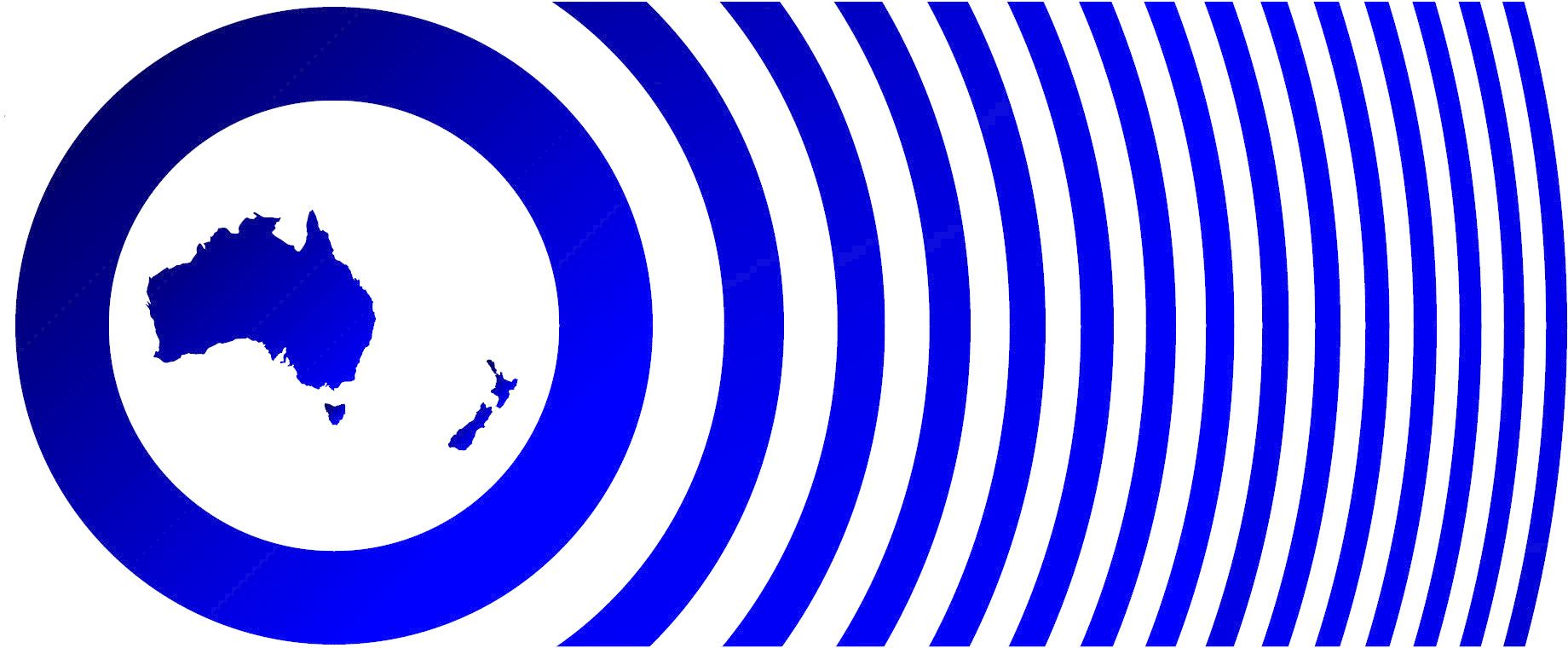- Home
- About ANZOS
- Code of Conduct
ANZOS Code of Conduct
This Code of Conduct (or code with substantially similar provisions) applies to any event which ANZOS runs, technically sponsors or promotes and must be adopted by the event organisers.
The Australian Optical and New Zealand Society (ANZOS) is dedicated to providing a harassment-free experience for everyone attending events it organises or promotes. Anyone who violates this code of conduct may be sanctioned or expelled from these spaces at the discretion of the Organising Committee of the event.
We require that all attendees:
● Behave professionally
● Are considerate and respectful to others; Do not insult or put down other attendees
● Critique ideas rather than individuals
● Do not monopolise discussion; Sustained disruption of talks or other events may be considered harassment
● Do not engage in photography or recording of an individual without consent.
● Do not harass any attendees, staff or volunteers associated with the conference.
If you witness any breaches of this code, in particular discrimination or harassment, you are encouraged to immediately inform the alleged violator that their comments or behaviour are unwelcome. Individuals may be unaware that their conduct is offensive and are often willing to moderate their behaviour if so informed.
However, please note that you are not required to directly address or confront a person you believe is discriminating against or harassing you or another person.
Each event will nominate at least one person to whom you may wish to report the incident.
Complaints will be investigated confidentially, fairly and discreetly and within the bounds of any relevant legislation. Following the completion of an inquiry, any action to be taken will be determined and may include a request for private or public apologies, discharge from the conference or restrictions on future invitations and attendance.
This code applies equally to in-person, online and mixed mode events.
Definition: Harassment includes but is not limited to: verbal comments that reinforce social structures of domination (related to gender, gender identity and expression, sexual orientation, disability, physical appearance, body size, race, age, religion, etc); sexual images in public spaces; deliberate intimidation, stalking, or following; harassing photography or recording; sustained disruption of talks or other events; inappropriate physical contact; unwelcome sexual attention; and advocating for or encouraging any of the above behaviour.

